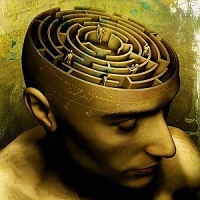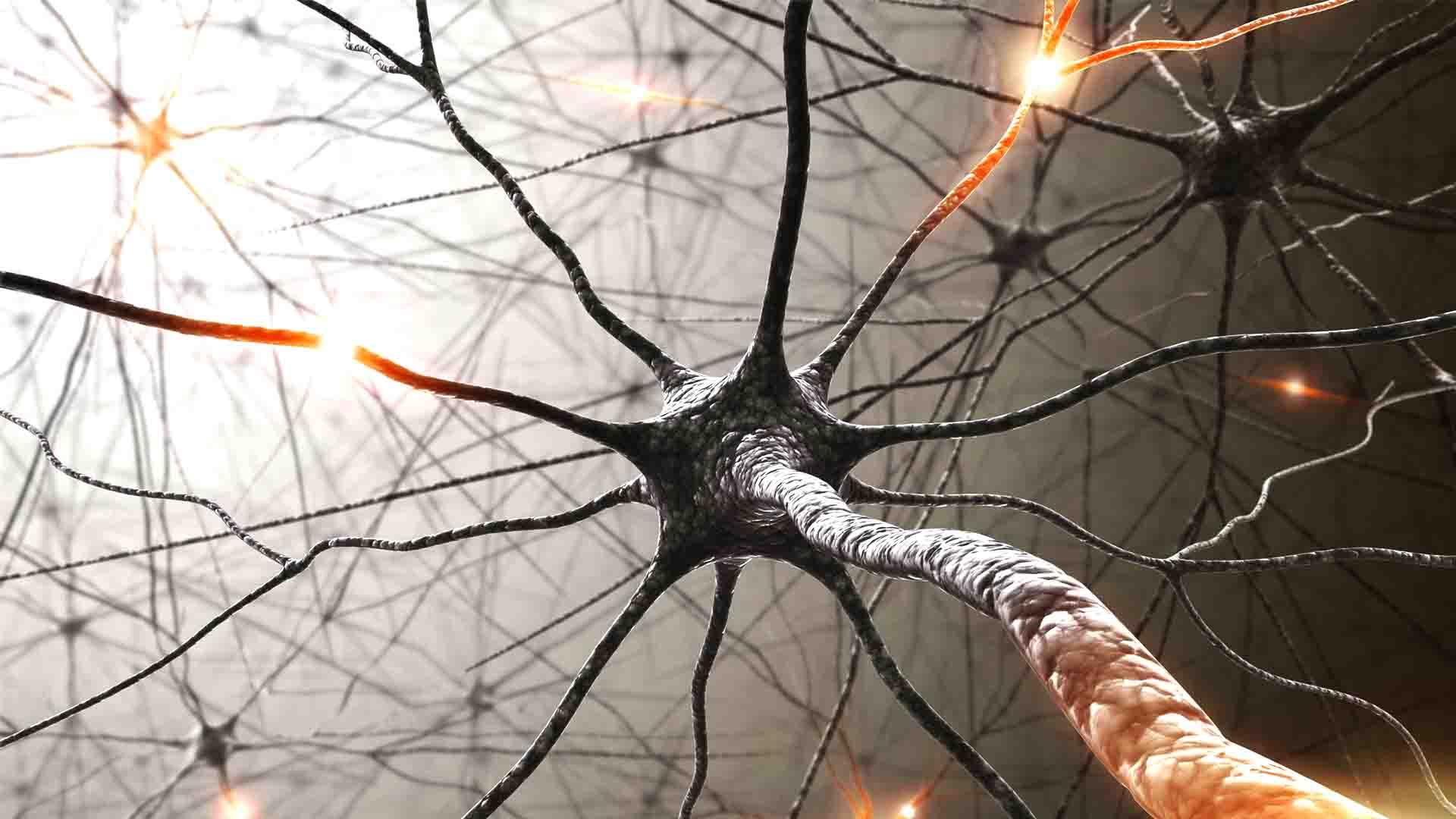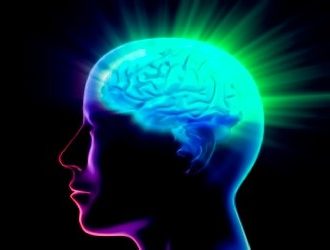What is Neurofeedback and how can it help with ADD / ADHD?
The power of your brain
You have probably heard of the term neurofeedback as a treatment for ADD / ADHD and related diagnoses. It is a treatment method that has been used for years but has only become more widely known in the Netherlands in the last 15 years. So what exactly is neurofeedback? How can it improve your concentration and what happens in your brain during this treatment?
First, let's take a brief look at our brains. Research on how the human brain works has been going on for years. We already know a lot, but far from everything. Over the years, scientists have found out that our brain is plastic. This means that it is able to continuously adapt and is changeable. Previously, it was always thought that the brain could no longer change after puberty, but the opposite turned out to be true. Your brain continues to develop throughout your life where new neural networks are constantly being created. When these neural connections are used a lot they increase, but when they are used less they slowly disappear. This highly adaptable ability of our brain to continuously create new neurological networks is called neuroplasticity named.
In the video below, neuropsychologist Margriet Sitskoorn again clearly explains the concept of neuroplasticity and gives you some immediate tips to keep your brain in good shape. No time for the video? Then just read on.
The possibilities of the brain's adaptive capacity
This learning ability of our brain turns out to be helpful in various ways. Thanks to this science, new treatment methods have all been possible. For instance, it is used in the treatment of ADD / ADHD through neurofeedback, which I will discuss in a moment. It is also used in NLP (Neuro Linguistic Programming) make use of this plasticity of the brain. In this process, new neurological connections are trained to process traumas or redirect negative and unhelpful behaviour patterns that are holding you back in your life into positive ones, for example.
But it also offers help when part of a neurological network is damaged as is the case with brain injury. It turns out that in such cases our brain is perfectly capable of creating new neurological connections to take over the functions of the parts that are damaged. For a practical example of this, watch the inpiring video below. No time for that? Then just scroll on to go straight to Neurofeedback.
Example of the power of neuroplasticity in practice
If you want to gain some more insight into the brain's ability to adapt? then watch the inspiring video below. In it, a girl is followed in which half of her brain was removed. It sounds somewhat gruesome, but it demonstrates in no uncertain terms how powerful our brains are, thanks to neuroplasticity, able to create new neurological connections. Indeed, this girl's other hemisphere learned to completely take over the lost neurological networks. As a result, she was pretty soon able to do everything as someone with both hemispheres can.
> Find more inspiring videos on the power of our brains here
What is neurofeedback?
Okay, it has now become clearer to you how your brain is able to make new neurological connections. But what does this have to do with neurofeedback? And how can we benefit from it with regard to typical complaints such as concentration problems that we often see in ADD and ADHD see?
As indicated earlier, our brains are plastic and learnable throughout our lives. Neurofeedback makes clever use of this. Indeed, during a neurofeedback session, your brain is taught to activate or deactivate certain neurological connections in order to reduce or completely remedy symptoms. This is done by directing our brainwaves to positively change the speed at which the brain works at a certain activity or task. As it were, we are then training the brain and making new neurological connections to exhibit the desired brain activity.
We measure these brainwaves by their frequency and are expressed in Hertz. This stands for the number of vibrations per second. Brain waves in the human brain are divided into 5 frequency spectrums. These are Delta, Theta, Alpha, Beta and Gamma waves. Here, Delta are the slowest brain waves, occurring during your sleep or very deep meditation, and Gamma are the fastest, actually present during very high alertness. It's going a bit too far to go into this now. If you want to read more about it you can here for detailed information on the various brainwaves and in which activities they are present. It may all sound a bit complicated now but it will really become clearer to you later.
Neurofeedback for ADD / ADHD and concentration problems
Neurofeedback is widely used for attention and concentration problems such as we see in ADD and ADHD. In a large proportion of people with these symptoms, the front part of the brain, the prefontal cortex, has a low activation level. This means that compared to people without these symptoms, there are, on average, fewer fast brain waves present. The excessive amount of slow brainwaves in that part of the brain in turn causes complaints in the areas of concentration, behaviour and planning. Neurofeedback then attempts to increase brain activity in that specific part of the brain.
In the case of ADD and ADHD issues, besides improving attention and concentration, people often notice that they experience more calmness in their heads, are less forgetful, sleep better and better manage their behaviour.
How does a neurofeedback session work
During a neurofeedback session, you get a number of sensors on your head that measure brain waves in a particular area of your brain. You then watch images or sound. If the sensors detect that your concentration is decreasing, the image or sound immediately drops out. But if you maintain your concentration, which means you produce the right brainwaves, the image or sound returns immediately. This teaches your brain that it needs to maintain concentration to keep seeing the image. This is like a feedback (feedback) to your brain (the neurons) where it is immediately rewarded when it produces the right brainwaves. Your brain learns in this way to slow down, or in the case of concentration problems, to a faster level of activation. The brain thus learns to switch between different brain activities and will strengthen neurological networks needed for a given task.
As the sessions progress, the brain will increasingly come to realise that it needs to maintain the desired new brain activity in order not to relapse into the symptoms that always occurred. Thus, a strong learning process can occur whereby the new neurological connections are addressed in daily life and the right brain waves are produced.
Below is a video of what such a neurofeedback session looks like in practice and what it can achieve.
For what complaints is neurofeedback used?
Several complaints people experience have been found to be associated with abnormal brain activity compared to people who do not experience these complaints. As a result, neurofeedback can be widely applied. Anxiety and panic, for instance, show many fast brainwaves and depression often has more slow brainwaves in the front left of the brain compared to the right side. In burnout, stress, autism and various other complaints, neurofeedback treatment can also sometimes help.
More and more research is being done on the effects of neurofeedback in various complaints. For example, a study was recently conducted by the University of Utrecht on the effects of Neurofeedback in children with ADHD. This shows that neurofeedback has good long-term effects [1]. Neurofeedback is thus considered good alternative to medication considered. In principle, medication and neurofeedback actually do the same thing: make the brain work a bit faster. However, the advantage of neurofeedback is that it actually teaches your brain something and thus has a lasting effect.
Different neurofeedback methods
Neurofeedback is not a well-defined treatment method, so different forms are offered today. There is the classic form of neurofeedback, which involves training your brain at specific frequencies and locations. In this form, a certified psychologist and neurofeedback therapist performs a prior EEG (QEEG) is made. Based on the QEEG, an individual treatment plan is then drawn up. There are also forms of treatment where no EEG is taken beforehand and training is based on the description of the complaint. Another method is Zengar, which uses a computer-controlled system that trains at different frequencies simultaneously. The latter method has less scientific support.
Where can you go for neurofeedback?
As neurofeedback becomes more and more widely known, more and more neurofeedback practices are being set up. If you are considering neurofeedback, be well informed about what type of neurofeedback is performed and decide what suits you best. Quality registrations of the practice provide insight into what type of neurofeedback is involved and what background the practitioner has. For quality registrations, you can visit the site of the Nederlands Instituut van Psychologen. An important quality registration is that of the BCIA.
If you want to know more about neurofeedback you can also check out the website of BrainNetwork. On this site, you can find a lot of information about the QEEG-based Neurofeedback method and find information on what symptoms it can help with.
Do you already have experiences with neurofeedback as a treatment for ADD / ADHD? Or perhaps for depression, burn-out, autism or something else entirely? I am very curious to know what it brought you. Be sure to let me hear from you in the comments below. Of course, you can also comment if you still have questions or want to report something else.
Sources
Want to comment on this article? Scroll down for a moment...







